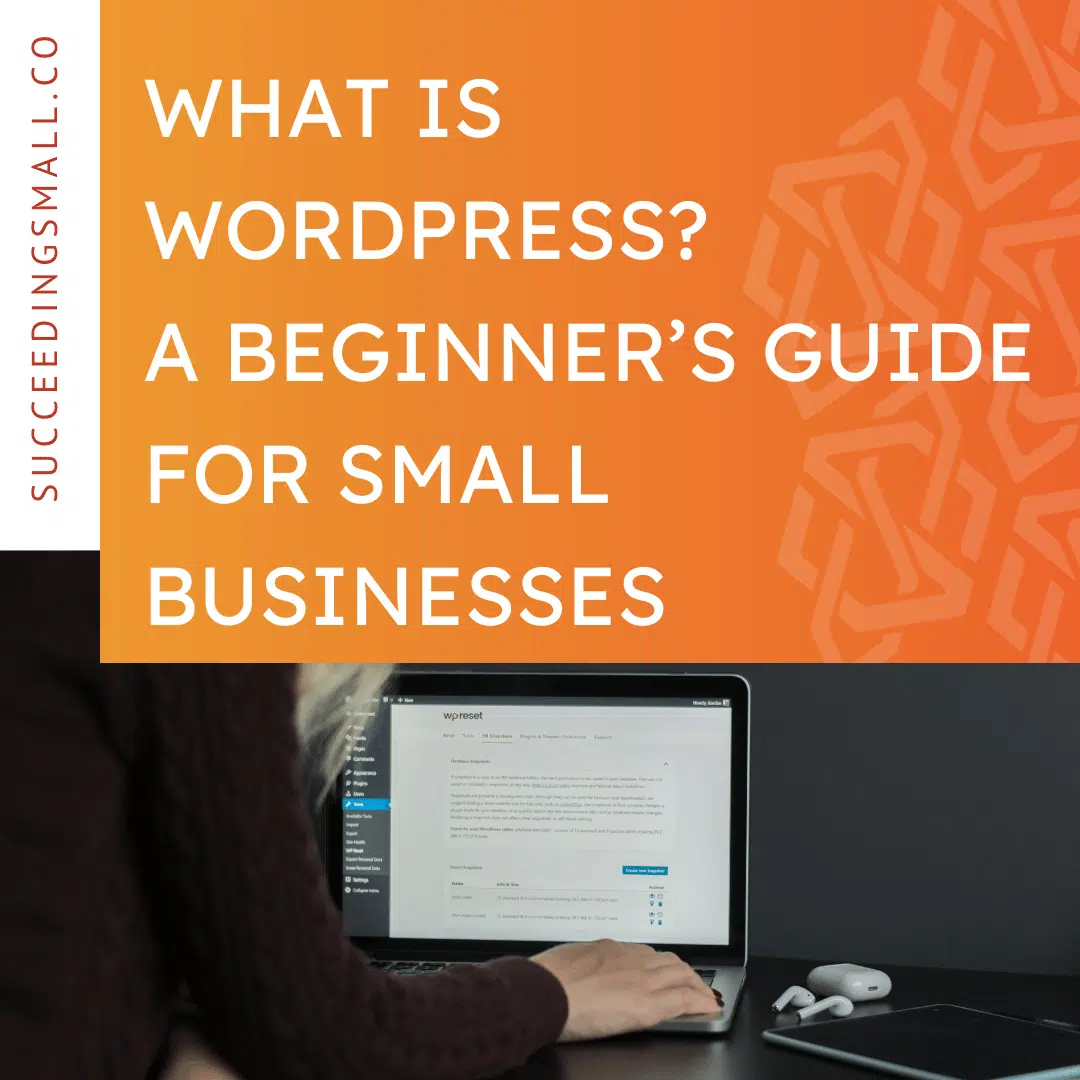Having a website is essential for any small business that wants to be successful in the digital age. A website can help you build brand recognition, attract new customers, and even generate revenue. With the right tools and guidance, creating a website for your business doesn’t have to be difficult or time-consuming.
At Succeeding Small, we’re a digital marketing agency in Colorado Springs with years of experience helping small businesses get the most out of their digital presence. Our team helps brands build websites that attract customers and increase their bottom line.
Here are seven steps you can take to get started on creating a website for your small business today.

Steps for Crafting the Perfect Small Business Website
Crafting your small business website requires intentional planning and design. There are several factors to consider, such as the size of your site, the type of content you’ll be displaying, and the hosting provider that best fits your needs.
These decisions you make will also impact the cost of your small business website. For example, the choice to use a website builder or hire a web designer will change your site’s price. And, for example, do you want to pay a hosting company or an agency to host your site?
These considerations and more must be made when crafting your small business website. Now let’s get into how to build your site.
1. Select a domain name
The first step in creating your small business website is selecting a domain name. This should be easy to remember and relate to your business in some way. Additionally, you’ll want to make sure the domain name you select is available.
2. Choose a hosting provider
Once you have found a great domain name, purchase it using a reputable hosting service. This will ensure your domain name is protected and cannot be stolen or transferred without your permission. Doing so will also allow internet users to find and access your website.

3. Use a website builder or hire a web designer
You can either use a website builder to create your business website or hire a web designer. A website builder is a great option for those who need an affordable and easy-to-use solution. However, hiring a web designer will provide you with the best results for your small business.
If you’re looking for an easy-to-use website builder, WordPress is a great option. WordPress offers users the ability to create beautiful and functional websites without needing any coding knowledge. It also has thousands of plugins and themes available that can help customize your site to fit your business’s needs.
There are also other website builders out there, such as Squarespace and Wix. These options are incredibly user-friendly also, even more so than WordPress. However, you tend to be a bit limited in functionality and customization.
4. Design your site
The next part is the fun part. What do you want your site to look like? Stick with a theme that’s consistent with your brand and use colors that represent your business. Make sure you convey your ideas with your small business web designer so they get your vision just right.
Remember, too, that there is no one-size-fits-all approach when it comes to website design. Depending on the nature of your business, you may want to opt for a more modern look or an old-school aesthetic.

5. Create content
Without great content, a website is like an empty shell. You’ll need to develop compelling copy and visuals that speak to your target audience and engage them to take action. This could include product descriptions, visuals, videos, or promotional offers for your business.
Make sure your content is written with both human readers and search engine algorithms in mind. This will help ensure your website ranks higher on Google and other major search engines, providing more visibility for your small business.
6. Set up the technical stuff
Once you have the design down, it’s time to set up the technical stuff. This is the part where you would set up your payment processor, upload forms, and integrate your business software. You can do this yourself or let your web developer help you.

7. Publish your small business website
Finally, all there is left to do is publish your website. Once it’s live, you can begin to promote your site through email, search engine optimization (SEO), and other digital marketing channels. Don’t forget to test your site to make sure it’s functioning properly, too!
Launch a Website With the Best Small Business Digital Agency
Creating a website for your small business can be an intimidating process, but it doesn’t have to be. By following these seven steps, you can get your business website up and running in no time. If you need help along the way, don’t hesitate to reach out for assistance from a web developer or digital marketing agency. With the right guidance, you can have a website that is both beautiful and functional for your business.
Succeeding Small is here to be your guide. Our team of experts can help you create a website for your small business that is tailored to bring in the best results. We’ll build you a stunning website that’s optimized for search engines and includes all the features you need to succeed. Contact us today for your free consultation!
Turn clicks into clients
Get our Conversion Guide and start improving your results today.













